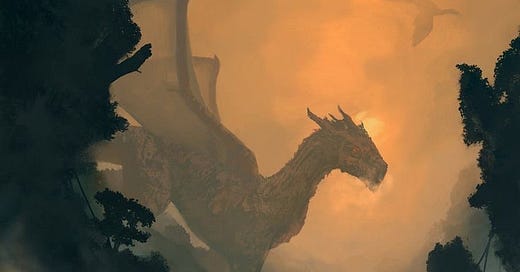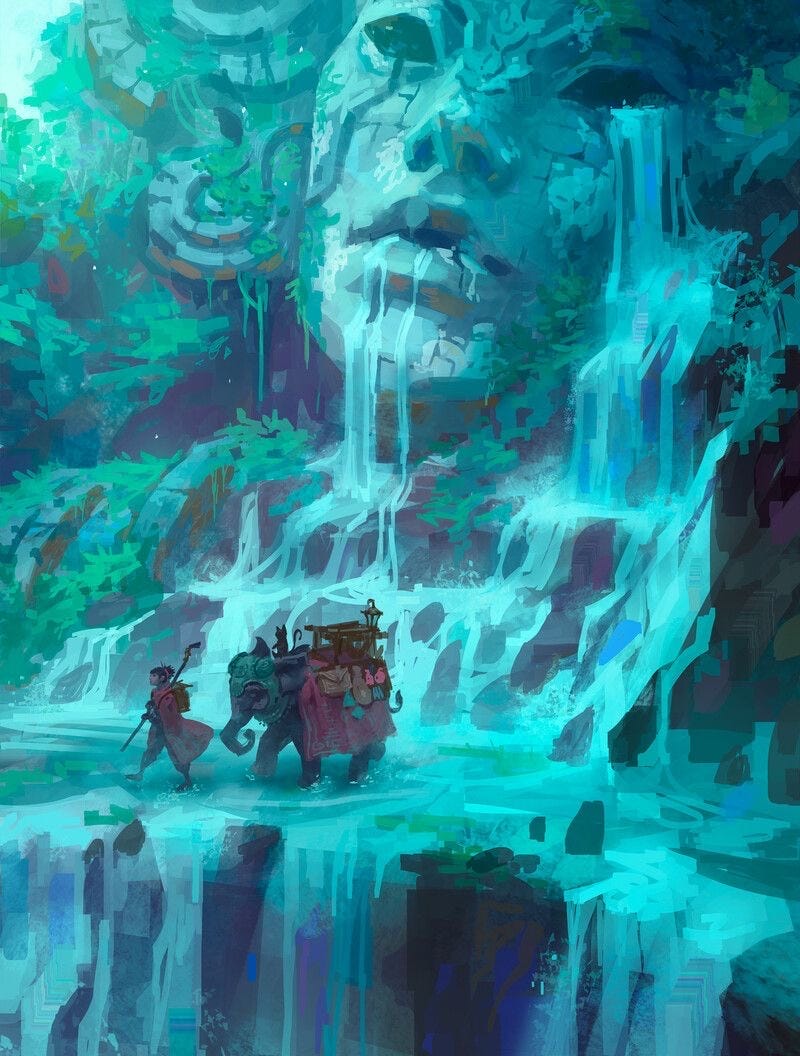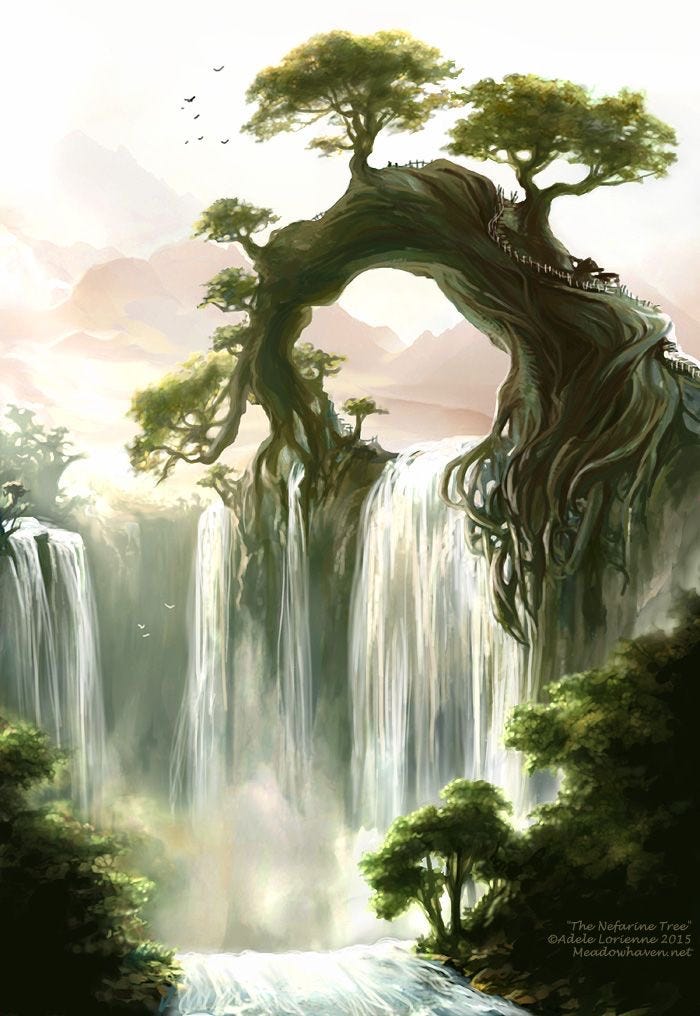For those of you who are interested in playing make believe as a career—writing a fantasy novel may be your next project.
“One day you will be old enough to start reading fairytales again.” - CS Lewis.
Why Fantasy?
The best place to hide the truth is in fiction. Fantasy is not a superfluous indulgence. The heroes journey we read about in epic tales such as Harry Potter and Lord of the Rings exist within our own subconscious. Above all, when the world seems bleak and we cannot see the path forward, all it takes is one story to lend us enough hope to keep going.
Writing my fantasy novel was one of the most transformational experiences of my life. In this post, I’ll offer some of the golden nuggets I learned throughout the process. I will preface this article by saying that my way is not the right way, and no one can tell you how to write. Take what is helpful and leave the rest.
World Building
Building a world required far more structure and precision than I initially thought. My wild imagination ran rampant with dragons that breathe shadow fire, ancient faeries who deal in blood bargains, and sirens who devour souls. There was too much going on, and I quickly realized there needed to be a logic to this imaginary world.
One practice I found incredibly helpful was creating an index for the world. Whether or not I used all of the details, I wrote as much as I could about the realm. The terrain, flora and fauna, animals, star system, weather, crops, etc. I wrote about the various gods and goddesses, what their stories were, and who they watched over. Each court had its own origin story and social system.
Here are some things to consider when you are world building:
1. Consider the environment, seasons, plant life and animals of your realm.
2. What are the religions and customs associated with your world? You can research history and various cultures across the world to draw inspiration from.
3. What is the social hierarchy within the realm? For example, in Game of Thrones, the Dothraki follow strength above all else, but in Westeros, royals are chosen by blood and noble status.
4. Write down the origin story and history of your world. Use dialogue between characters to subtly fill us in, so that you don’t information dump. Use the information that advances the plot and let it unfold organically.
5. How does magic or technology work in your world? Set a time period and stick to it. (Don’t mix chamber pots and plasma guns).
6. If there is magic, what is the cost? Infinite power is unrelatable. Does it drain the wielder? Take years from their life? Do they need to draw power from nature or each other?
Characters
Perfection makes for a flat character, and so does fulfilling a trope. To make three dimensional, lifelike characters they will need to be as complex and interesting as a human being in real life. I created a character background list and asked myself these questions for each one.
1. What is the characters greatest desire or dream?
2. What is their greatest fear?
3. What is their most difficult emotion to express? What is the easiest? (Are they quick to rage or forcing themselves to see the bright side constantly?)
4. What are your characters quirks or neurosis?
5. Does your character have any distinguishable features? Birth marks, scars, tattoos?
6. What major events are in your characters life and back story?
7. Other things to consider: face shape, hair style, dialect, clothing…there are all sorts of subtle ways to tell us about them without telling us about them.
Write as much as you can about your characters and pay close attention to the people in your own life. Notice what their quirks are. You will find inspiration all around you. Don’t be afraid to make them morally grey—no person is entirely good or entirely evil. We are all figuring out who we wish to be in the world, and it is healing to learn how a character copes with their internal struggles.
Bonus hint: study different archetypes in literature. Books I recommend for this: The Sacred Enneagram, King, Warrior, Magician, Lover, Women Who Run With the Wolves.
Plot
Everyone maps out their plot differently, if at all. Here’s the thing—most of us have watched enough movies and books that we will naturally tell a story the way it needs to be told. For those of you with more logical brains that crave structure, these are the steps I used to fully flesh out my plot.
1. Describe your book in one sentence. If you can tell your story in a sentence, you know it well enough to write the entire plot.
2. Do a massive brain dump of every idea you have for the plot. The inciting incident, obstacle the characters overcome, climax, and resolution. Any major scenes that you feel are important to include.
3. Go back and break it down chapter by chapter, creating sub arcs for each chapter.
4. Consider the easter eggs you want to weave in (if any).
I usually have a general plot structure like this, and from there allow it to flow. No matter how carefully I plan, my characters always surprise me. The first draft looks nothing like the final, but I find that writers block happens far less if I have a general idea of where I am going. The more precise I am, the more freedom I ironically feel that I have.
Don’t Rush the Process
I spent four years writing my fantasy novel. At first I was riddled with impatience, wanting to finish the story as quickly as possible. It was a gift that the story took so long. It gave me time to consider the world and add more layers to it. It gave me time to deepen my relationship with the characters, and therefore the readers. I’m not saying it has to take four years, but try to be graceful with yourself! You are doing one of the most impossibly wonderful things a human is capable of doing: Creating something from nothing.
I hope this was helpful, and if you are interested in reading my work, my fantasy novel is available here:
That’s all, folks.
Your friendly neighborhood Scribe.






